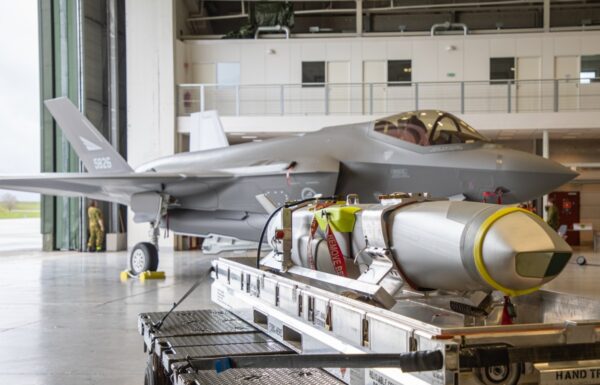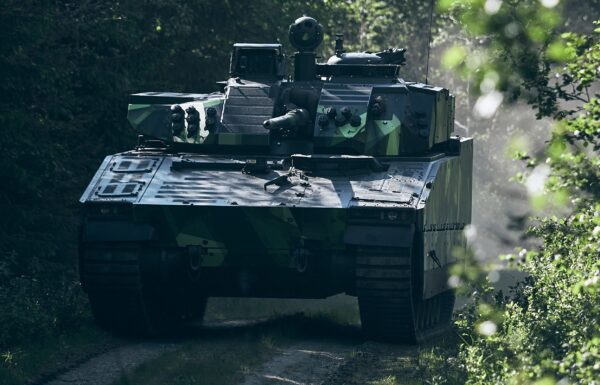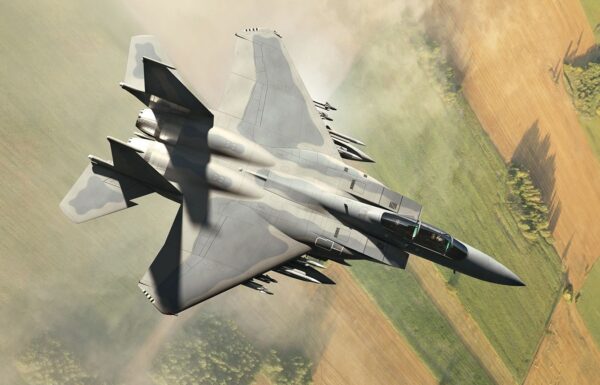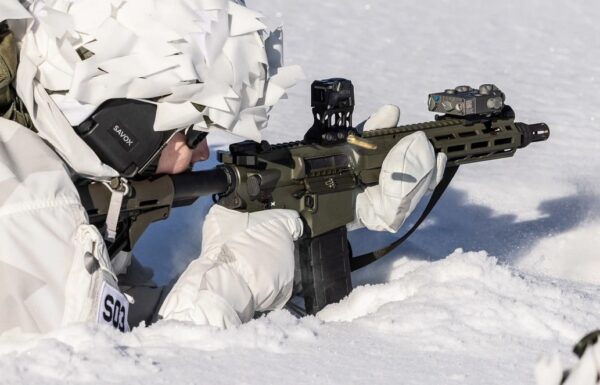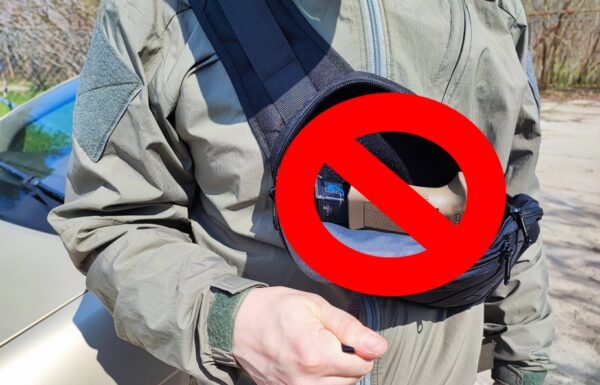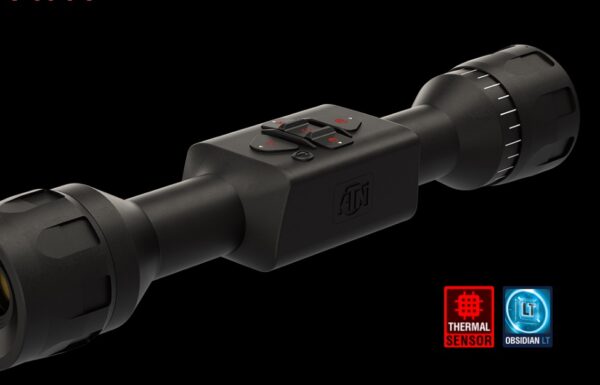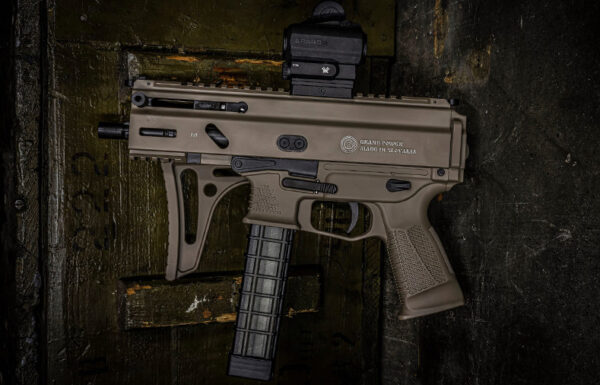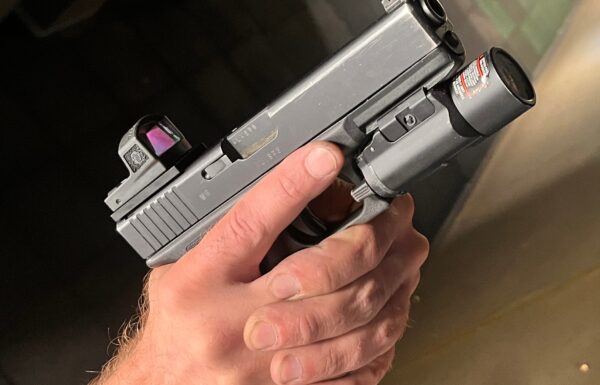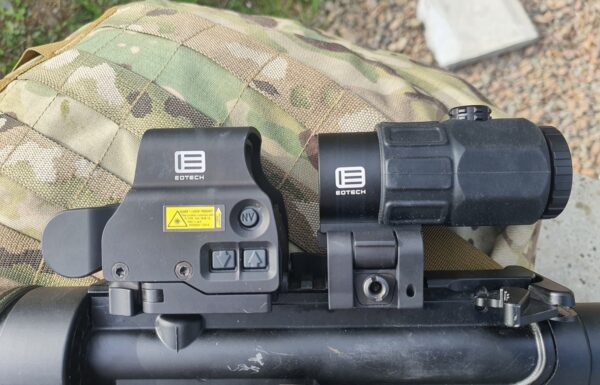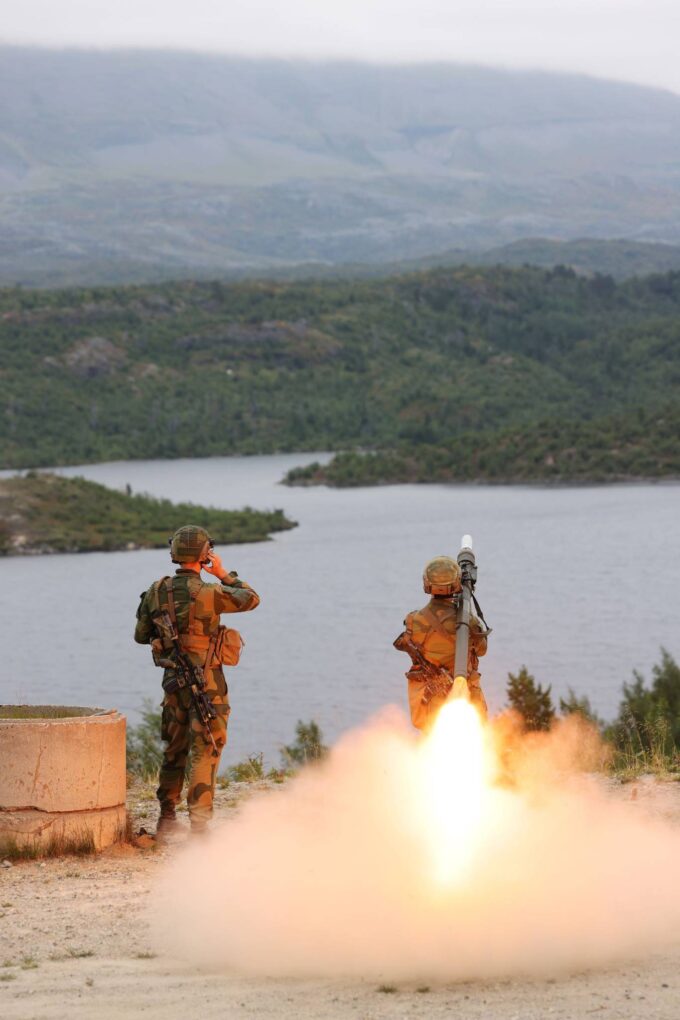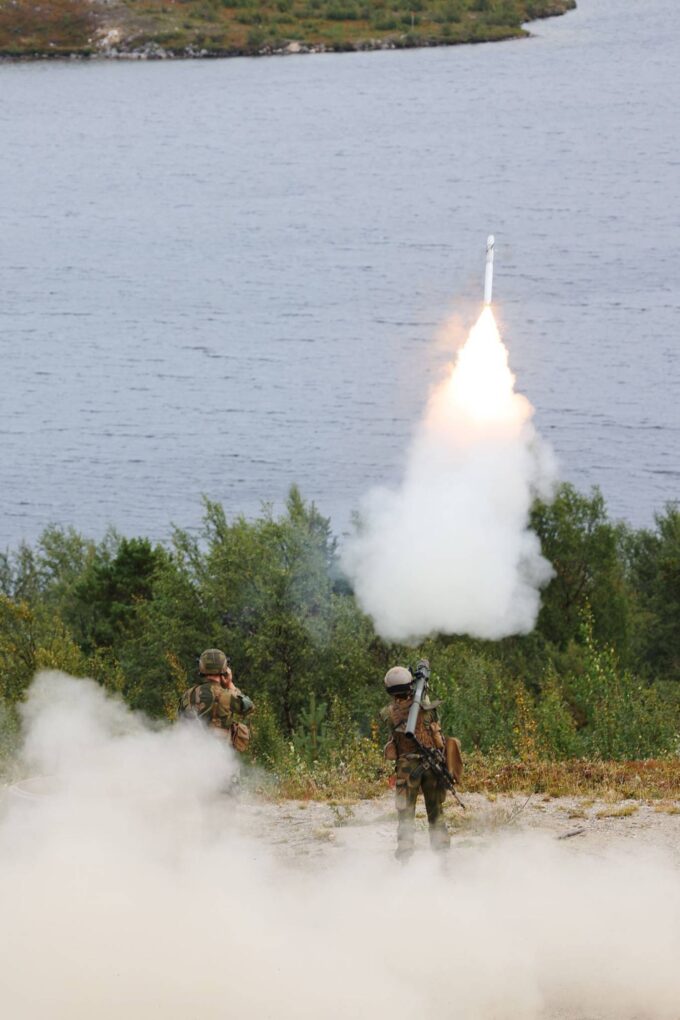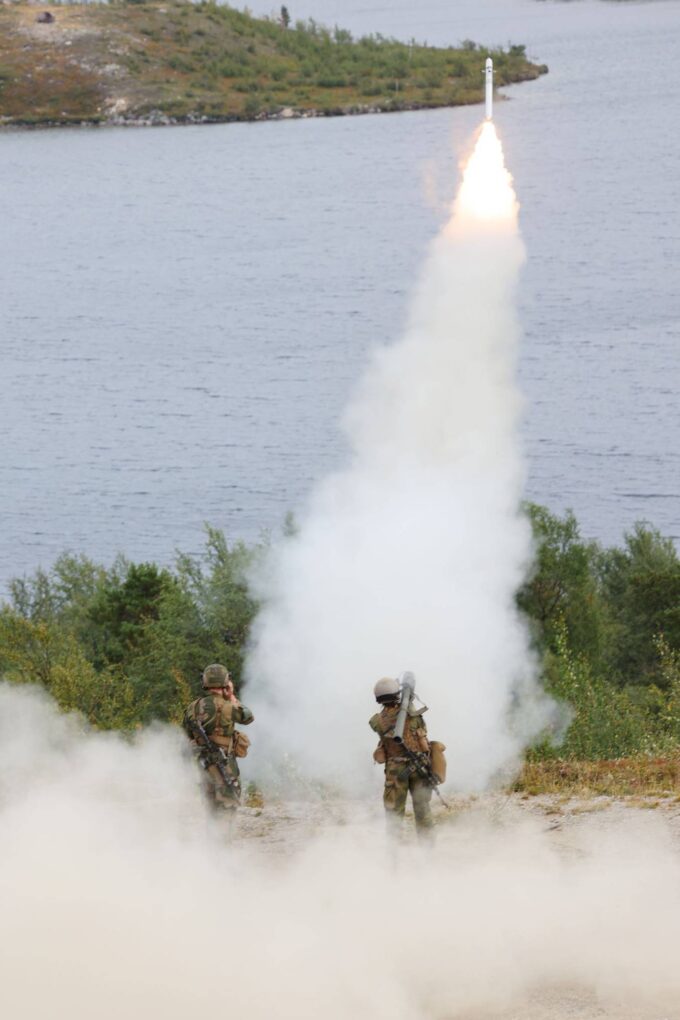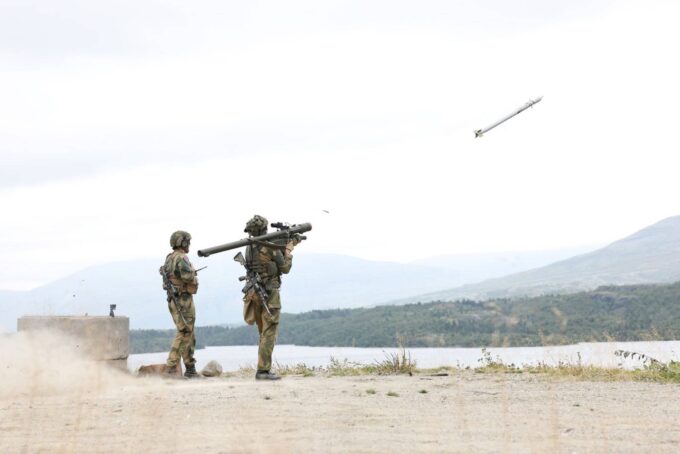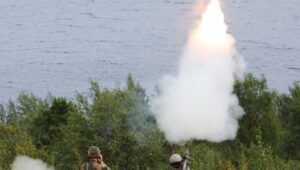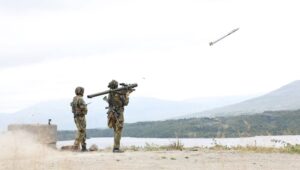On Friday, August 16, 2024, the press service of the Norwegian Armed Forces (Forsvaret) announced the first firings conducted by the Jegerbataljonen rifle battalion of the Norwegian Army (Hæren) from the Høybuktmoen garrison in Sør-Varanger, Finnmark, using the Piorun man-portable air-defense systems, produced by Mesko, a part of the Polish Armaments Group. Representatives from the company also participated in the event.
The firings were conducted by the newly formed air defense unit BLV (Med bærbart luftvern). Subsequently, several similar units armed with Piorun MANPADS will be established within other tactical formations of the Norwegian Army.
“They will protect the Jegerbataljonen, allowing them to operate more freely, become even more effective, and pose an increasing threat to any enemy that seeks to attack Norway,” explains the head of the Finnmark Land Defense, Colonel Jørn Qviller. “We will gradually deploy the system within the Finnmark Land Defense and the Finnmark Brigade, and hopefully to other units in the Army as well over time,” he aded.
The Piorun is intended to form the first layer of a more complex air defense system that is currently being built in the Finnmark region.
“We are building a layered air defense system in Finnmark. The BLV covers the close range and is a ‘very short’ air defense system. Eventually, we will have a very long-range system, along with something in between. This will create the layered air defense for the Army and the Armed Forces that an enemy must take into account,” Qviller explains (editor’s note: likely referring to NASAMS and new NOMADS systems).
This week, the new BLV unit tested the new missile system with live missiles for the first time at the Porsangmoen and Halkavarre shooting and training ranges in central Finnmark.
“For the enemy, this means they must take such a threat into account. They will have to fly higher, move to the flanks, or maybe not dare to fly at all. No one can be certain they have full freedom to fly helicopters and drones into Norwegian territory when a portable air defense system is present,” Qviller emphasizes.
The Norwegian Army's first live-fire test with the new MANPADS enhances our defence against drones and helicopters. Now deployed in Finnmark, with plans to expand, Piorun forces enemies to reconsider entering Norwegian airspace. A significant boost to our layered air defence. pic.twitter.com/4igv4uEv7H
— Norwegian Armed Forces | Forsvaret (@Forsvaret_no) August 16, 2024
On November 29, 2022, a contract was signed in Oslo under which Mesko was to deliver several hundred Piorun missiles and launch sets, together forming a man-portable air-defense system, to the Armed Forces of the Kingdom of Norway. On December 12, 2023, Mesko announced the beginning of deliveries of the systems to Norway.
Regarding the export of Piorun MANPADS, Mesko, in addition to Norway, delivered the first of the ordered systems to another new user, Estonia, at the turn of 2023 and 2024. In the coming years, the systems will also be delivered to Slovakia, one of the Balkan states, the aforementioned Latvia, and Georgia. Previously, a batch was purchased by the United States, and the weapons were sent to Ukraine defending from Russian invasion, as military aid from the Polish government.
On July 25 of this year, the Lithuanian Ministry of Defense announced a joint purchase of Piorun systems with Poland, Latvia, and Norway. The purchase has been submitted for partial funding under the European Defense Industry Reinforcement through Common Procurement Act (EDIRPA), through which Warsaw has submitted three PGZ products (including the Piorun system) and two products from the WB Group.
Photo Gallery:
Description
The Piorun MANPADS missile launchers are designed to engage low-flying aircraft such as planes, helicopters, and drones. In the Polish Armed Forces, they are used in the lowest layer of the air defense system at short ranges and low altitudes (VSHORAD).
The Piorun is a modernized version of the Grom MANPADS, which is also in service with the Polish Armed Forces. The modernization includes a modified launch mechanism, a new, more sensitive seeker head, and an electro-optical sight mounted on a special rail. These improvements have enhanced the system’s target acquisition capabilities, resistance to interference, and its effective range to 5500-6500 meters at altitudes from 10 to 4000 meters.
The changes also included the introduction of a proximity fuze (in addition to the existing impact fuze) and a directional warhead, which increases the effectiveness against small targets, such as unmanned aerial vehicles (UAVs). Additionally, a user authorization system was implemented, along with the capability to engage targets at night.


